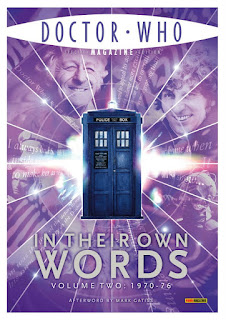 |
| Trade paperback, 300 pages Published 2004 (originally 2002) Acquired September 2008 Previously read October 2008 and August 2011 Reread February 2017 |
Joe Sutliff Sanders has a chapter called "Young Adult SF" in the Routledge Companion to Science Fiction where he looks at that overlapping Venn diagram of young adult literature and science fiction. Sanders says that YASF is a tricky business: "when weighing the importance of traditional traits of sf in YASF, fundamental differences, even incompatibilities, emerge between these perspectives" (448). Young adult fiction is all about relevance. He quotes two other critics on the problem: Farah Mendlesohn says that YASF "closes down the universe for children, reducing sf to either metaphor or to a means to resolve personal problems" (448), while Mike Cadden argues that "while science fiction tends to give us more or less complete characters reacting to a world or universe in dramatic flux, young adult literature gives us the constant in the form of the wide world and shows the dynamism in the developing character in response to that world" (448-49). Sanders concludes that YA scholarship has a "fascination with the relevance of the literature to young readers, a relevance often signaled by a text's attention to exactly the personal problems Mendlesohn mentions" (449).
Okay, okay, what about Feed? Now Feed is science fiction, but it's also dystopian fiction, which has some distinct purposes to other forms of sf, and it's also a satire, which again is its own genre. (And it's a love story, and probably some other genres too.) So where exactly does it fit within this (initialism-heavy) account of YA vs. sf vs. YASF? Interestingly, I think it kind of does both. If sf is outwardly focused and sf inwardly focused, there are ways in which Feed is very much inwardly focused: Titus and most of the other teens in Feed lead very limited lives, and do not think about the wider society in which they are embedded. And the story is extremely relevant, even moreso now in the smartphone era than it was on original publication in 2002; the behavior of the future teens is clearly modeled on the way actual teens behave. I've seen M. T. Anderson speak three times, and he mentioned that to write Feed and get the voice down, he read teen magazines for months, and I think it paid off.
But in Feed, there's a distinction between the characters and the reader. This is satire, after all: the reader is not meant to align with the viewpoint character in a way they are in a YA novel like The Outsiders or The Hero and the Crown or Holes. You're supposed to be turned off by the behavior of Titus and his friends. They may be inwardly focused, but the reader is encouraged to be outwardly focused. This differing orientation is aided by the snippets of feed that show us the wider political context for the novel's events, a context to which the characters pay little-to-no attention. These characters are, in Cadden's terms, "complete. Horrifyingly, terribly complete. Titus learns very little from his experiences (purposefully so, because it makes him uncomfortable), while the world he inhabits is indeed dynamic (in that it's decaying; dynamism doesn't have to be positive). So Feed manages to straddle both halves of the YASF divide, but this all could be because it's a dystopian satire and not some other form of YASF, which might struggle more with this.
I assigned Sanders's essay to my YA lit students alongside Feed, though I don't think it was the best: Sanders aims his article at sf scholars wanting to know more about YA, while I think my students would have benefited from one aimed at YA scholars wanting to know more about sf. Since teaching Feed I saw Farah Mendelsohn talk about science fiction at the Children's Literature Association conference, and she opined that YASF is often not very good in a way that is not true of YA fantasy. Which, anecdotally, feels true to me. It turns out that Mendlesohn actually has a book about YASF, The Inter-Galactic Playground; given how much I like her Rhetorics of Fantasy, I need to check it out to see if it has some good insights for next time I teach Feed.




































